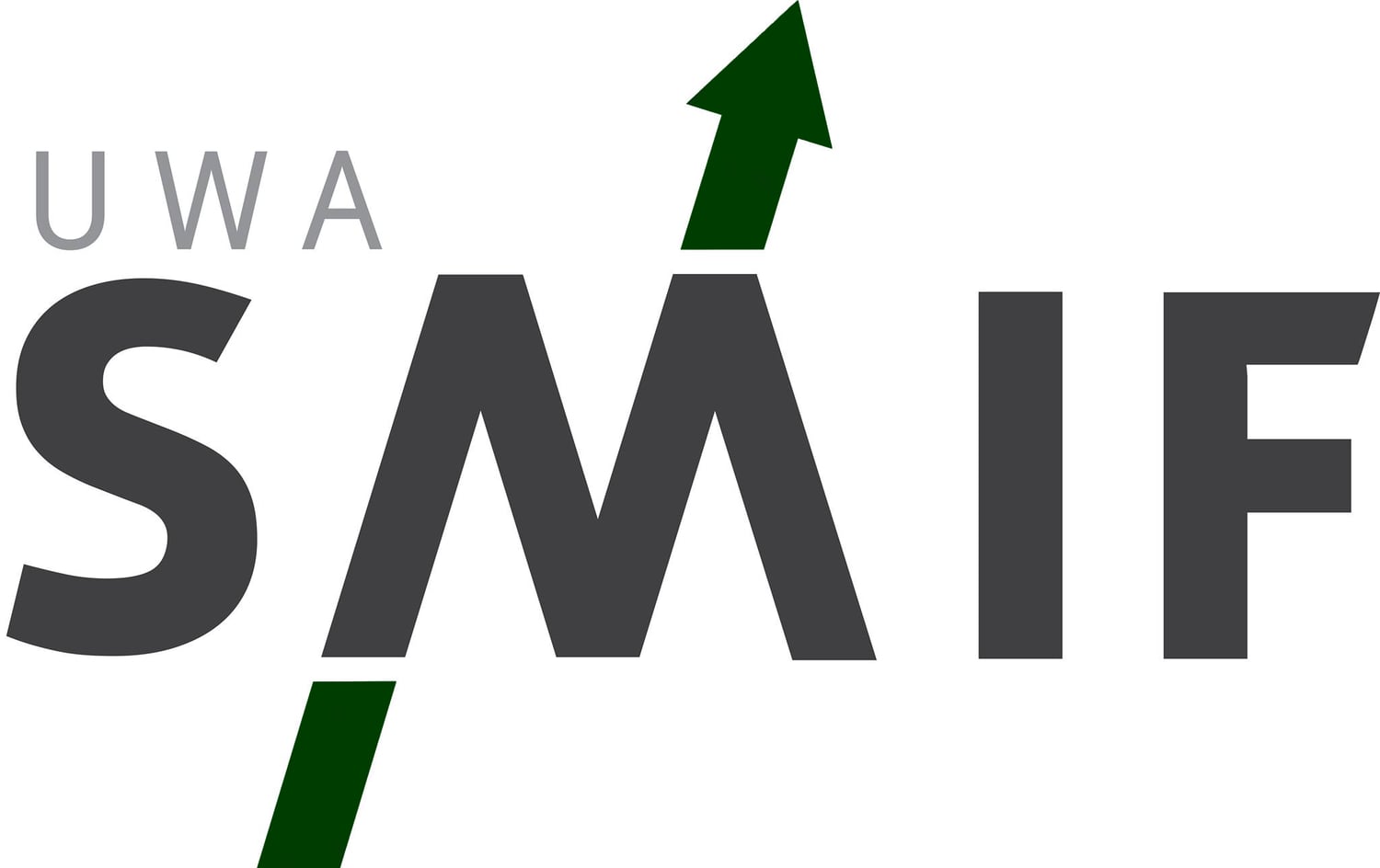Venezuelan Bolivar Devaluation
Venezuelan President Nicolas Maduro carried out one of the biggest currency devaluations in history, devaluing the Venezuelan Bolivar by 95%. The official rate of the currency will go from 285,000 per US dollar to 6 million per US dollar. Many private companies, already dealing with hyperinflation, years of brain drain, price controls and threats of seizure, now must deal with even faster inflation (running at 108,000% annualised) and mandatory wage hikes. It’s also possible that the exodus of Venezuelans to other countries will increase, even as Ecuador and Peru announced entry restrictions and tensions rise along the Brazilian border.
Further Trump Concerns
US equity futures fell in response to Trump’s latest legal woes, however there was little sign of pronounced impact in global markets. The guilty plea to illegal campaign finance charges by Michael Cohen (Trump’s former attorney) coincided with the President’s former campaign chairman Paul Manafort’s conviction on eight counts of tax and bank fraud charges.
Trump has accused China and the European Union of manipulating their currencies, as progress in rectifying the US trade deficit has stalled. The USD has appreciated almost 6% since April, prompting complaints from Trump over Federal Reserve interest rate hikes.
Trump’s desire for a weaker dollar to support US manufacturing exports has led some to speculate that he may launch a campaign to weaken the USD, a practice which hasn’t occurred since the Plaza Accord in 1985.
Such a move could undermine the USD’s status as the world’s reserve currency and have a disastrous effect on demand for US assets.
Greek Soverign Debt
After nearly nine years of austerity and political turmoil, Greece is finally exiting what is supposed to be the last of three bailout programs. Although their federal budget is in surplus and their economy is growing again, they are still 240 billion euros in official debt. Together with private debt, this brings the government’s total burden to more than 180% of GDP.
European creditors have estimated that by 2060 this burden should be reduced to 100% of GDP. However, the EU’s projections involve extremely optimistic thinking. More realistic estimates suggest that Greece will still have to borrow hundreds of billions of Euros in the future, creating the potential for yet another Greek crisis.
Greece now ends a period of tutelage over how its debt is serviced. Although the country has now regained sovereignty in how it services its debt, it still owes billions to foreign creditors. This week it was also reported that the left-leaning Greek Government, who initially resisted privatisation of state owned assets, was interested in increasing the sales of state owned assets to private buyers. By the end of 2018 it is expected that Greece will reach 2.7 billion euros in asset sales for the year, one billion euros more than in any year since 2011.








